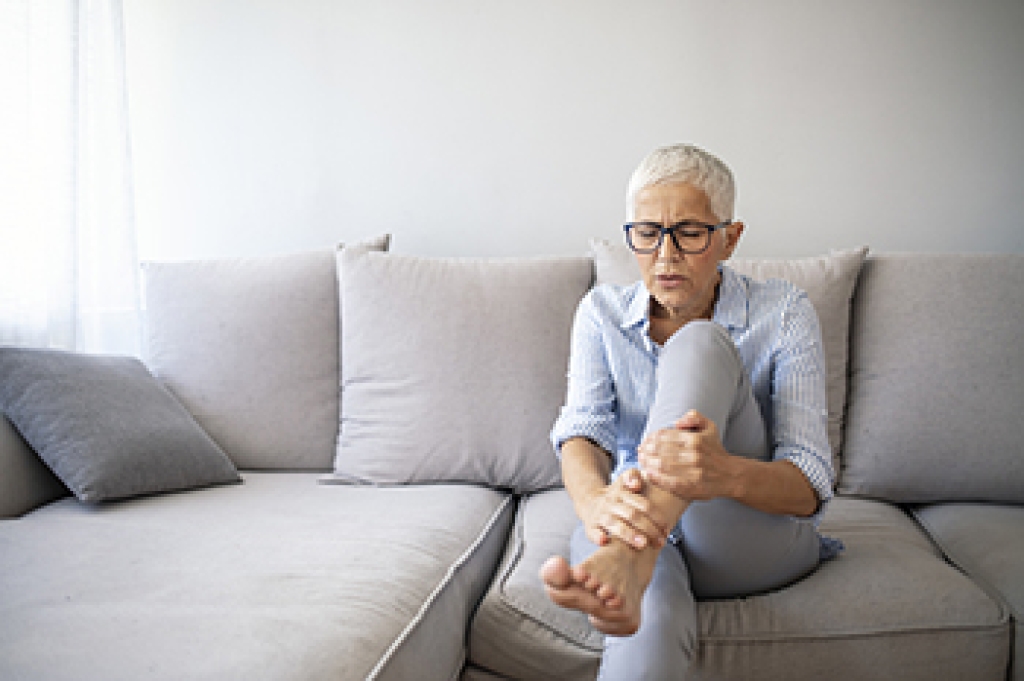
Wearing high heels may enhance a woman’s appearance, but prolonged use can negatively impact her foot health. High heels shift the body's weight forward, increasing pressure on the forefoot and altering posture. This unnatural positioning forces the lower body forward and the upper body backward, leading to muscle strain and discomfort. The higher the heel, the greater the stress placed on the bones, tendons, and joints. Gait is also affected, as the foot is prevented from rolling naturally from heel to toe, causing additional strain on the knees, hips, and lower back. Over time, these changes can contribute to foot deformities like bunions, hammertoes, and neuromas, as well as conditions like Achilles tendonitis and osteoarthritis. High heels also reduce stability, increasing the chances of a sprained ankle or fall. A chiropodist can assess your foot structure, provide guidance on supportive footwear, and recommend treatments for pain or deformities caused by high heels. If you have foot pain from wearing high heels, it is suggested that you schedule an appointment with a chiropodist.
High heels have been in style for centuries, but unfortunately, they have also been damaging feet for centuries. If you would like to learn more about how high heels can hurt your feet, please consult with one of the chiropodists from The Footcare Centre. Our chiropodists can help you maintain the health of your lower limbs and your mobility.
High heels can cause a variety of problems, including:
- Foot and ankle pain
- Foot and ankle injuries
- Toe pain and deformities
- Gait abnormalities
- Achilles tendonitis
- Changes in posture
- Difficulty balancing
- Leg, hip, and back pain
If you are reluctant to abandon your high heels, you can still wear them, but should take measures to minimize damage to your feet:
- Wear shoes with heels no higher than 2 inches
- Choose properly fitted shoes
- Choose shoes with a wide toe box
- Wear high heels infrequently
- When wearing high heels, take them off periodically to stretch and relax your feet
If you have any questions please feel free to contact our office located in Niagara Falls, ON .




